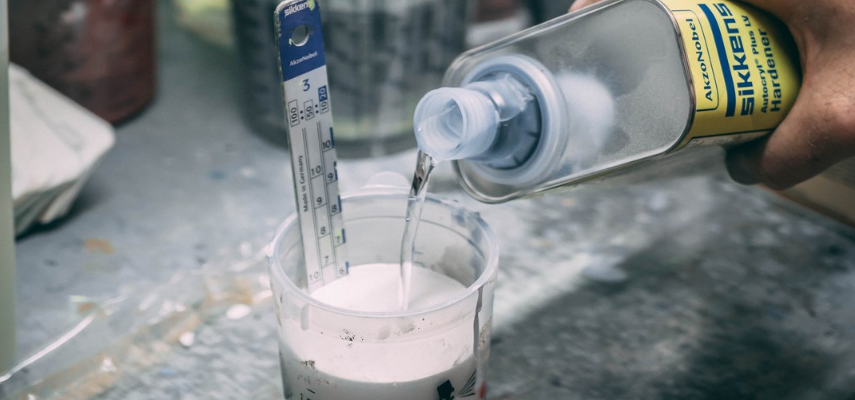The Importance of Colour Matching in Auto Body Repair

In the world of auto body repair, precision is everything. From the meticulous dismantling of damaged parts to the seamless application of the final clear coat, every step requires a keen eye and a steady hand. Among these critical steps, one that stands out for both its technical necessity and its aesthetic impact is colour matching. Particularly for Australian car owners, where the harsh sun can reveal even the slightest mismatch in hues, getting the colour just right is not just a matter of pride—it’s a testament to the quality of the repair work.
The Science of Colour Matching
At first glance, matching the colour of car paint might seem straightforward. However, the reality is far from simple. Automotive paint is not a single hue but a complex formula composed of base coats, and often, metallic or pearlescent finishes that add depth and character to the colour. Achieving the perfect match requires not just a good eye but also advanced technology. Today, spectrophotometers—a type of instrument that measures colour with incredible accuracy—are used in leading auto body shops. These devices analyze the colour of the car’s existing paint and provide a formula for mixing paint that matches precisely, taking into account how light and angle affect our perception of colour.
Why Colour Matching Is Essential in Auto Body Repair
The importance of colour matching extends beyond the surface. For one, the aesthetic appeal of a car is paramount; a mismatched paint job is immediately noticeable and detracts from the vehicle’s appearance. But the implications go deeper. A car’s resale value can be significantly impacted by the quality of its paint job. Accurate colour matching ensures that the vehicle maintains its value over time. Moreover, there’s a safety consideration; a uniform appearance without glaring colour differences makes previous damage less noticeable, which could be crucial for future inspections or sales. Finally, consumer trust hinges on the attention to detail that auto body shops demonstrate, with colour matching being a clear indicator of their dedication to excellence.
Challenges in Colour Matching
Despite advances in technology, colour matching in auto body repair faces several challenges. Different production runs of the same paint colour can have slight variations, making an exact match challenging. The aging process also affects vehicle paint, with factors like sunlight, chemicals, and wear altering the original hue over time. Furthermore, achieving a perfect match requires not just the right tools but also a significant level of skill and experience. Technicians must understand the intricacies of paint composition and application techniques, which can vary widely across different car models and brands.
Best Practices in Colour Matching for Auto Body Repair
Given these challenges, auto body repair professionals follow a set of best practices to ensure the best possible outcome. Preparation is key; the surface must be properly primed to ensure that the new paint adheres well and shows its true colour. Custom colour mixing, often done on-site, allows technicians to adjust the formula based on the specific shade and finish of the vehicle’s existing paint. Continuous learning and adaptation are also vital, as new paint formulations and application methods are constantly being developed. For car owners, choosing a repair service that invests in the latest technology and training in colour matching is crucial.
The significance of colour matching in auto body repair cannot be overstated. It is a complex process that demands precision, expertise, and the right technology. For Australian car owners, where the vibrant sun can amplify any discrepancies, ensuring a perfect match is essential. It affects not just the car’s aesthetic appeal but also its value and the trust that consumers place in auto repair services. As the automotive industry continues to evolve, the dedication to achieving the perfect colour match remains a hallmark of quality and craftsmanship in auto body repair.
The Magic of Paint Matching
|
|
|


